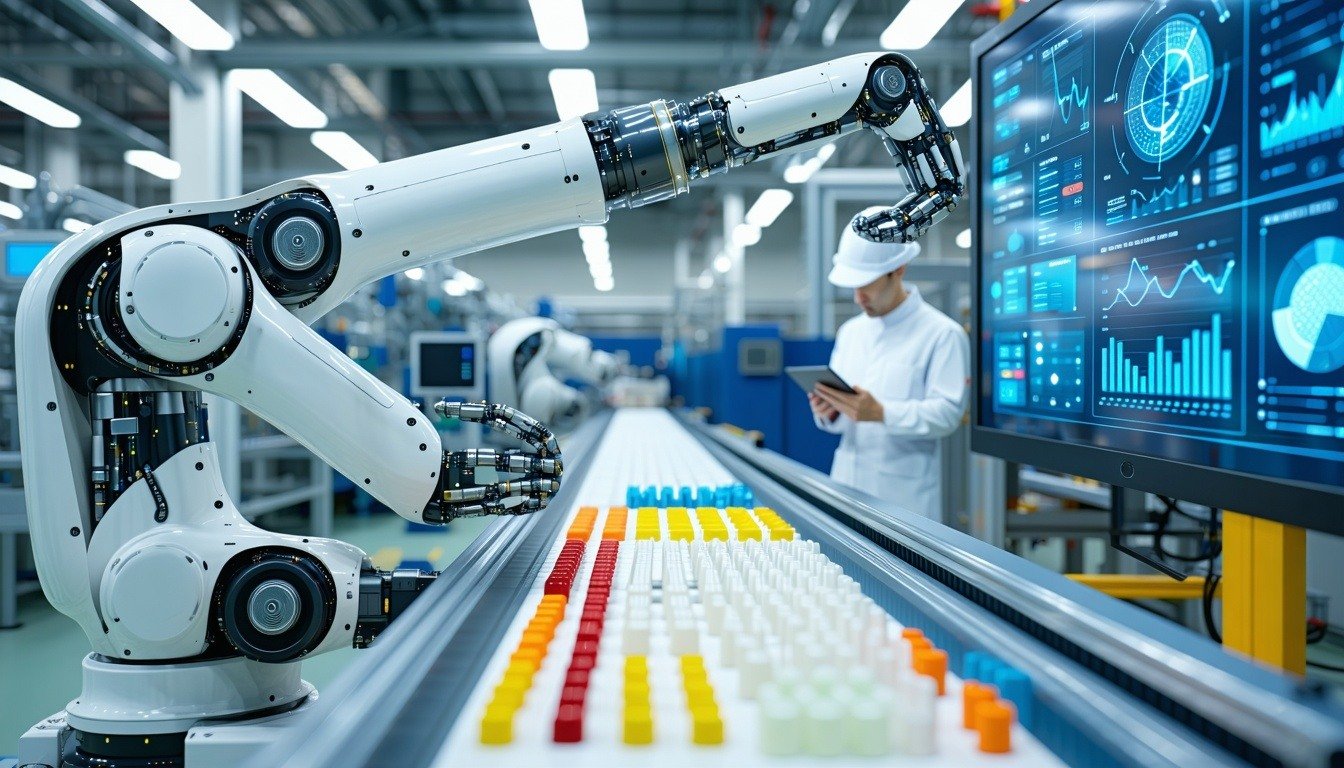Earlier in the week, I was in Marseille to attend the M2M Innovation World Congress event, which is part of the broader World Smart Week shindig - and despite its retro-pompous name tends to be a great occasion for catching up on certain technology trends and meeting new people with interesting things to say. As a summary, here are some loose thoughts based on what I saw and heard:
- From Connected to Intelligent
Arguably the most recurring theme at this year’s conversations was the evolution of IoT architectures, which wasn’t too surprising. Focusing only on the cloud has by now become passé, and rightly so. At the industry gatherings that I have attended, the dynamic between the cloud and the edge has been drawing a growing level of attention for some 18 months now, and in the course of 2014 it has really entered the strategic agendas; down in Marseille, especially Eurotech and Wyconn, a newly launched edge-device startup, were active on this front. If you happen to be interested exploring the makings of this paradigm shift further, we have just published a timely whitepaper about it together with our thought partners at Camgian Microsystems.
- Industrial Internet Consortium Comes to Europe
Founded earlier this year, Industrial Internet Consortium made its first official appearance in Europe so far by hosting a workshop on the opening day of the conference. What makes this important is that the concept that most commentators (including me) habitually refer to as “IoT” captures in real life an extremely diverse range of applications and use cases. Connecting and smartening up homes is quite different from doing the same to, say, oil wells, so there’s a real need to start distinguishing between the involved tech stacks and processes accordingly. Assuming that it will avoid the trap of consortium lethargy, a well-backed coordination and education group like IIC can mitigate some of the B2C vs. B2B confusion, and thus speed up the adoption of the industrial IoT – also on this side of the Atlantic.
- Crossover with Analytics Attracts New Stakeholders
My own presentation at the conference deal with the role of big data and analytics in IoT, so I was pleased to discover that surprisingly many of the attending delegates – definitely more than last year – were primarily interested in the same area. Moreover, I got introduced to a bunch of innovative vendor startups that in IoT analytics are specializing in different components of the value chain – such as PrismTech (data integration), ParStream (real-time database), and OnYourMap (visualization) – which is always good for research purposes. The most interesting things in this space are, after all, currently done by companies that are young and relatively small.
- Transition from M2M to IoT Continues…Kind of
Considering that the show had one whole (and rather insightful) session dedicated to discussing the difference between the two, it was pretty striking how awkward many suppliers still come across when it comes to moving their thinking from M2M to IoT. The writing has been on the wall for a while now: of the two terms, the latter is the one that evidently resonates better amongst end-users and, ahem, investors. I’d advise the remaining “M2M” suppliers to get a little savvier (cynical, even) about their messaging and finally board the right buzzword bandwagon. We have done about it another whitepaper that, hopefully, sheds some light on the taxonomy.
- New Wave of Use Cases
Finally, another noticeable change from last year was the nature of real-life use cases included in the presentations. In the past, remote monitoring and control used to be the big thing, whereas today’s cases tend to be more complex. Here are some that caught my eye, in particular:
- WindRiver discussed a project to calibrate rows of wind turbines based on the collected blade data, in order to prevent turbulence that the “first” row would otherwise cause across the others
- Essence Group presented on a clever Aging-in-Place offering that combines the firm’s smart-home platform with its smart-care expertise, drawing also on a purpose-built analytic engine
- Deutsche Telekom talked about a next-generation harvester, enabled by approx. 200 individual sensors and developed in collaboration with Claas, the manufacturer




